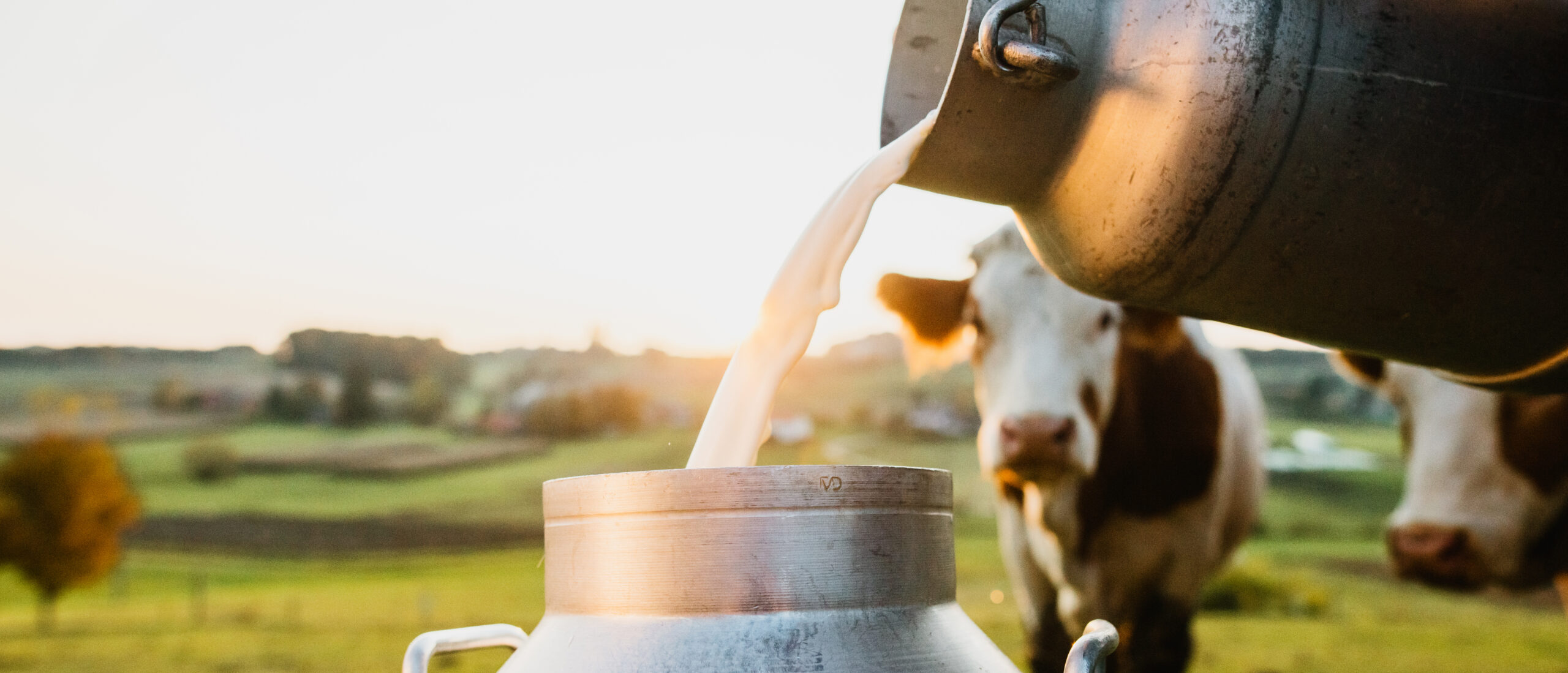The concept of animal welfare is increasingly evident, what makes the Grass fed It is a high trend for the next generations in animal husbandry.
Grass fed is the raising of cattle on open pastures, in contact with other animals, praising exclusive grass-based nutrition.
But how does this new concept of husbandry benefit animals?, the planet and the end consumer?
The main value of this method of farming is respect for the lives of animals, prioritizing various measures to successfully honor this objective.
The first focal point is the quality of the grass ingested by the cattle, which is the main food source in the cows' diet.
This is because all the technology implemented on the breeding lawn brings benefits to the animals.
As a result, digestion is facilitated, improving milk quality and preventing the intake of allergenic foods such as corn and soy.
Additionally, reduces the emission of gases that contribute to the greenhouse effect.
Another very important point to support this concept is living in an open environment with space for walking and resting..
Being in contact with other animals is also an essential factor in improving the quality of life and, consequently, milk production.
Studies compared animal husbandry with the Grass fed concept and the conventional system, indicating that there is a large difference in the water consumption of cows raised in captivity.
The physical composition of grass includes approximately 70 a 80% of water, while the traditional feed ingested, reaches approximately 10%.
In this context, we noticed that animals raised by the conventional system consume more water, in addition to the high quantities of feed production, that could be saved.
The emission of gases that contribute to the greenhouse effect is increasingly highlighted. That's why, a study was carried out to research this emission in dairy production.
In short, the study proved that cows raised in open environments, grass fed, emit on average 15% less methane gas, generated in digestion.
Manure management, generally stored in solid or liquid form in traditional creations, can increase from 10 a 100 times the methane emission.
Another study carried out only took into account CO2 emissions during the transport of feed. With him, a significant decrease of approximately 0,5 kgCO2eq/kg FPCM, an important factor to be taken into account for sustainable production.
Health also benefits when we practice Grass fed. This is because feeding animals only with grass, no allergenic foods, enriches healthy milk production.
With a greater supply of omega 3 (anti-inflammatory) and a minor of omega 6 (inflammatory), in addition to the strong presence of vitamins A, E, D from sun exposure.
We analyze all these benefits and provide high quality products to our customers. As a result, together with the Fonterra , We bring to Brazil a complete line of dairy proteins produced from leite Grass fed .
Therefore, with this production philosophy, linked to technological innovation, We bring the most complete solutions on the market for your business.
Enter in contact with us, we will be very pleased to serve you!
Follow our Linkedin and our Blog and stay up to date with the latest news.




